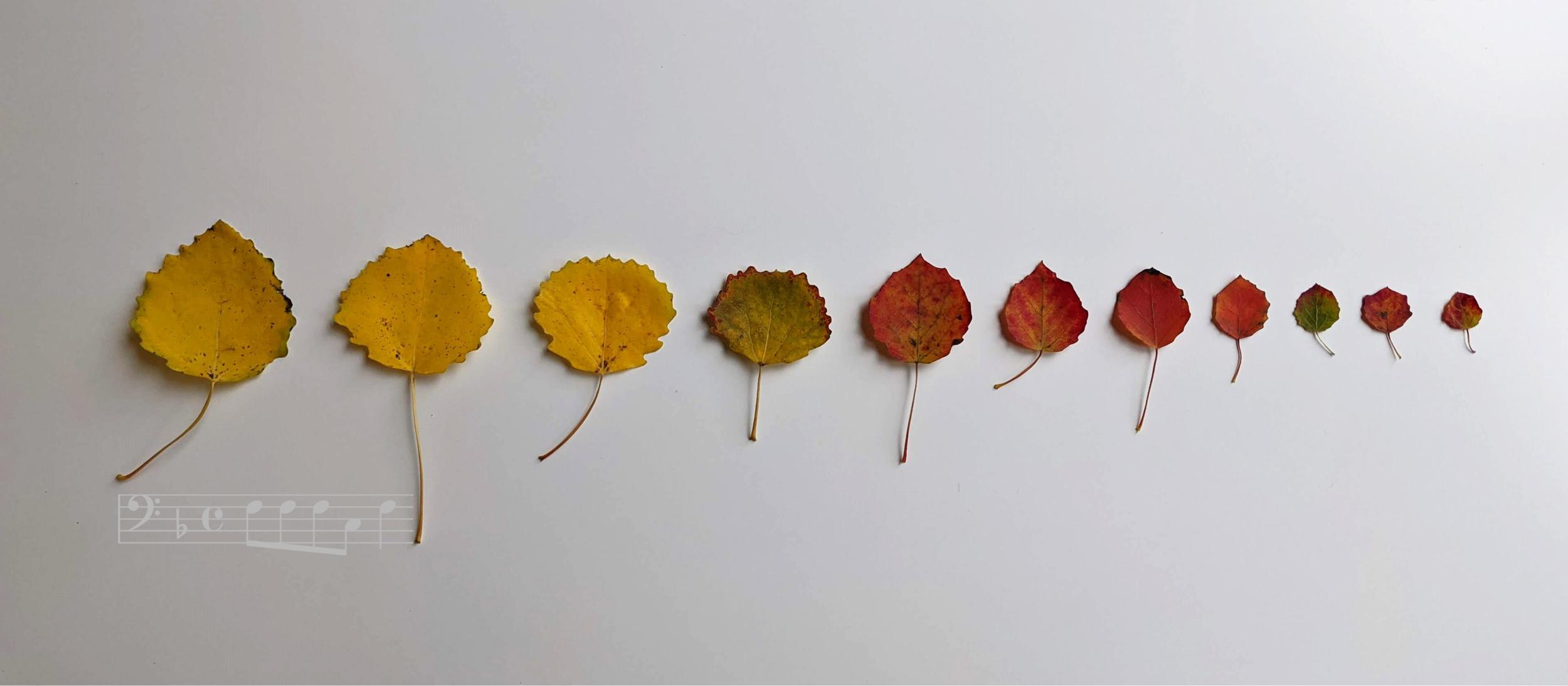Trembling after the Fire
November 2020
A Landscape of Fire
The ‘Quaking Aspen’ (populus tremula / tremuloides) is one of the widest ranging trees in the world. Its leaves are uniquely sensitive to air movement, and ‘quake’ or ‘tremble’ to produce sound in even the softest breeze. Aspen grow quickly and live in a variety of soil conditions, supporting a remarkably diverse set of habitats for insects, animals, and other flora. Their bark’s distinct ‘eyes’ and leaves’ brilliant colours in the fall make these trees an engaging companion on a hike through the forest.
The wide range of these trees is an indication of the similarly wide range of natural forest fires. Aspen trees are characteristic of a transitional forest, they exist in areas that have been cleared by fire and are in the process of transforming into a more stable (usually boreal conifer) forest. So next time you come across a rustling patch of quaking aspen, consider it a reminder that fire is an integral part of the natural landscape around you.
Range of the Quaking Aspen throughout the World.
A Song of Fire
The unique structural geometry of the aspen leaf makes it highly sensitive to air movement - the slightest breeze will cause them flutter. As the leaves move, they collide with each other and the branches around them to produce their distinct sound. The leaves also vary in size on each branch, causing them to move at different rates, enhancing the sound created.




